Lesson 61 - What are you eating?
To put a verb in its present progressive form (as in an action you are doing at that momet), you turn the verb into it's te form and add imasu to the end. For those of you who are wondering what the te form exactly is, you may recall we used some of it in Lesson 16 when working with commands. Now we will take this chance to explain the te form and how we make it. The way the verb goes into its te form all relies on its own ending syllable.
There is a very simple chart that can be used to determine how to convert. Simply take off the ending and replace it with the proper te ending.
-emasu to -ete (for example, tabemasu to tabete)
-chimasu to -tte (for example, machimasu to matte)
-rimasu to -tte (for example, shirimasu to shitte)
-kimasu to -ite (for example, arukimasu to aruite)
-shimasu to -shite (for example, hanashimasu to hanashite)
-gimasu to -ide (for example, oyogimasu to oyoide)
-bimasu to -nde (for example, asobimasu to asonde)
-imasu to -tte (for example, kaimasu to katte)
-mimasu to -nde (for example, yomimasu to yonde)
However, there are some exceptions to these rules, for there are two different types of Japanese verbs. One exception that can be thought of is mimasu, which simply gets changed to mite. For the time being, though, this chart should be sufficient. Getting back to the present progressive form, to say something like "is eating", you would say tabete imasu. You can also change the imasu into different tenses to change the tense of the entire verb. For example, tabete imashita would be "was eating". Tabete imasen would be "is not eating" and tabete imasen deshita would be "was not eating". Pretty simple, no? Let's move on and see a conversation between Jun and Chika.
Jun: Chika-chan, nani o shite imasu ka?
Chika: Sukiyaki no ryouri o shite imasu! Ikaga desu ka?
Jun: Mazui desu ka?
Chika: Chigaimasu! Totemo oishii desu. Kore o tabete kudasai.
Jun: Nani o iremashita ka?
Chika: Eeto ne . . . yasai to niku to gohan to nori . . .
Jun: Nori? Nori ga suki janai desu!
Chika: Demo karada ni ii desu!
Jun: Sore o tabemasen. Gomen nasai.
Chika: Aa, daijoubu . . . watashi wa tabemasu. Nomimono wa ikaga desu ka?
Jun: Hai! Tsumetai mizu ga hoshii desu.
Chika: Douzo!
Jun: Doumo . . . kore wa oishii desu.
Looking at this simple conversation, Jun first asks Chika what she is doing. Chika replies, "I am cooking sukiyaki. Would you like it?" Jun asks if it is mazui or disgusting. Chika replies, "You're wrong! It's very delicious. Please eat this." Jun asks "What did you put in it?" Iremasu is to put in. Chika replies that she put in vegetables, meat, rice, and baked seaweed. Jun replies, "Baked seaweed? I don't like baked seaweed!" Chika replies, "But it's good for you!" Jun says, "I won't eat that. Sorry." Chika says, "It's alright. I will eat it. Would you like a drink?" Nomimono is drink. (Alternatively, tabemono is food) Jun replies that he wants cold water. Tsumetai is cold to the touch or taste. Chika gives it to him and Jun replies, "Thanks . . . this is delicious."
Vocabulary Review
不味い Mazui- disgusting
入れます Iremasu- to put in
海苔 Nori- baked seaweed
ご飯 Gohan- rice
飲みもの Nomimono- drink
食べもの Tabemono- food
冷たい Tsumetai- cold to taste or touch
